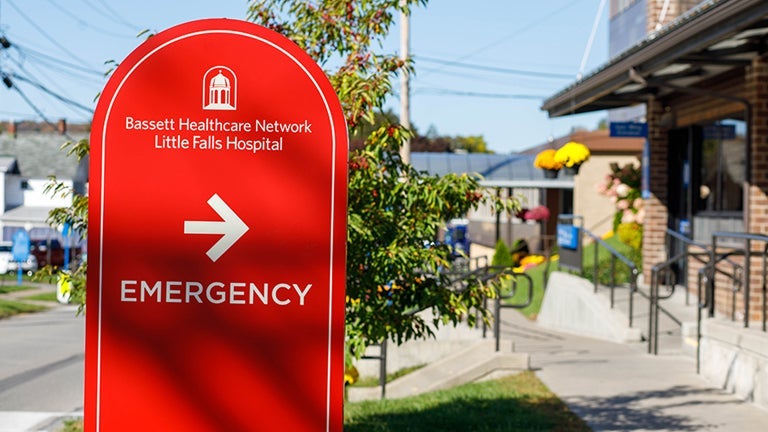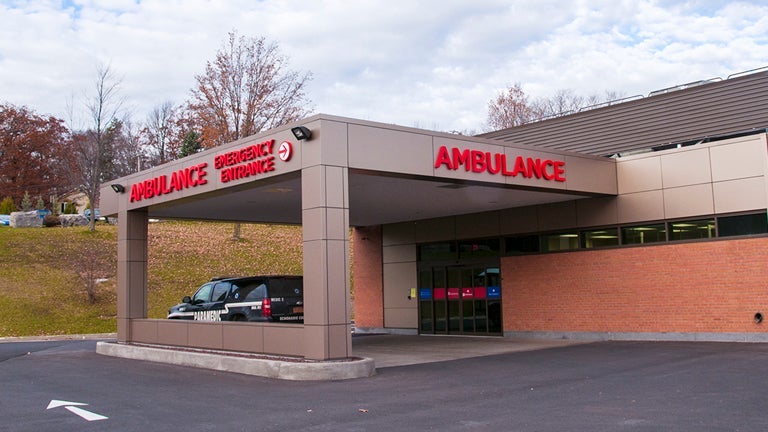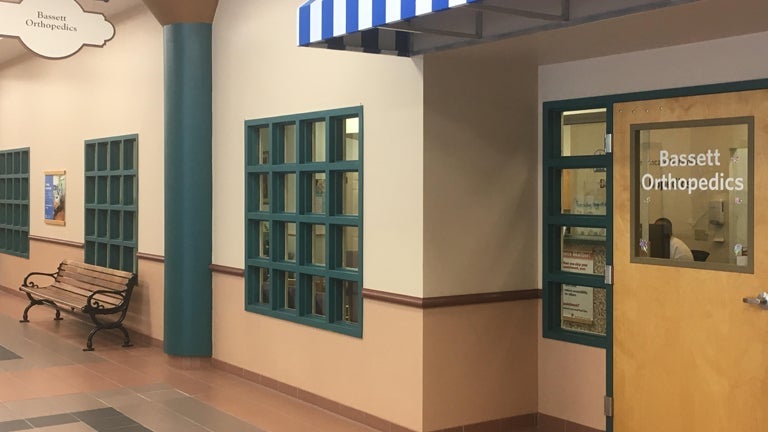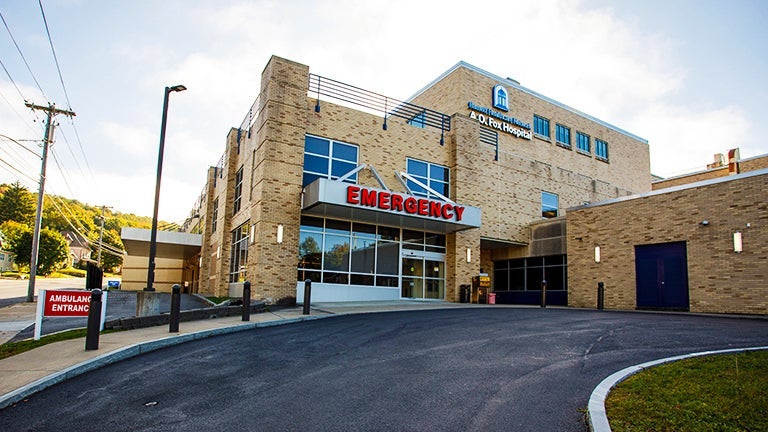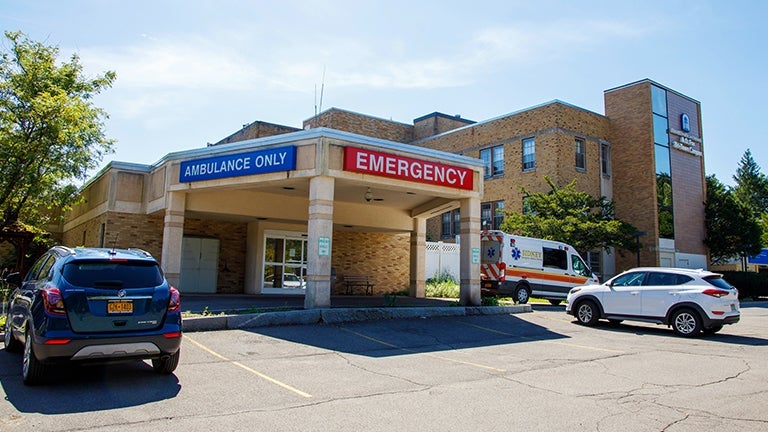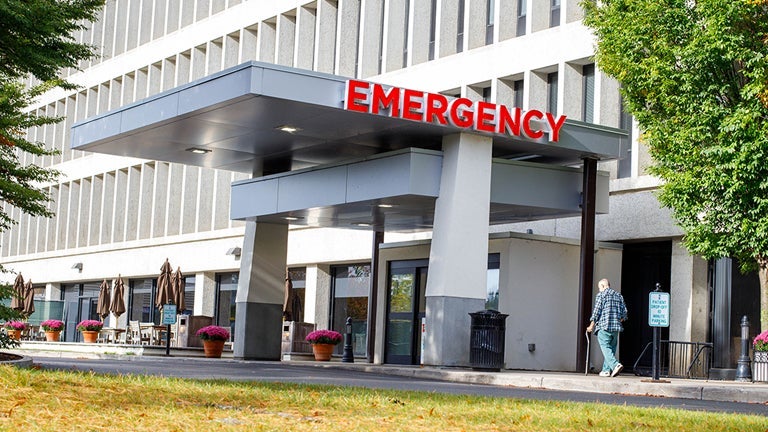Bone Fractures
Broken Bones
“Fracture” is the medical term for a broken bone. If you think you or a loved one has a fracture of the head, spine, or neck, call 911 immediately to seek emergency medical care.
Even if you don’t think the fracture is life-threatening, visit the nearest emergency room immediately for a diagnosis. In some cases, such as stress fractures, compression fractures, or avulsion fractures, the broken bone isn’t noticeable, and only an X-ray, CT scan, or bone scan can detect the break.
Seek immediate treatment for a bone fracture to prevent additional, serious complications, such as:
- Infection of wounds
- Internal bleeding
- Blood clots
- Further bone damage
- Nerve damage
- Improper healing of the broken bone or joints and soft tissue
The two main types of bone fractures are:
- Open fracture (compound fracture) — In a compound fracture, the broken bone pokes through the skin and is accompanied by a visible wound.
- Closed fracture — The bone does not pierce the skin, though a deformity, such as swelling or a deep bruise, may develop.
Many broken bones, such as those in the arms, legs, fingers, and feet, typically take six to eight weeks to heal. How long it takes to recover from a broken bone depends on many factors, including age, the severity of the break, other diseases or injuries you may have, how much stress you place on the bone under during recovery, and your overall health.
Symptoms of a Broken Bone
The main symptoms of broken bones include:
- Severe, sudden pain following an injury
- Inability to move or bend the injured area
- Visible wound and/or deformity
- Stiffness, swelling, redness, aches, or bruises surrounding the injured area
- Tenderness, sensitivity to touch, or gradual pain that worsens when weight is placed on the affected area.
Types of Bone Fractures
Bone fractures can be caused by traumatic injuries, overuse, diseases, and lifestyle factors. The different types of broken bones include:
Commonly referred to as a “hairline fracture,” stress fractures are tiny cracks in the bone that develop from repetitive stress or force. This type of bone fracture is often seen in athletes who compete in sports requiring excessive jumping or running long distances. The foot and ankle are the most frequent location of stress fractures.
This type of fracture occurs when a ligament or tendon pulls against the bone, causing a fragment of the bone to tear away from the bone. Avulsion fractures will usually heal without surgery.
A fracture as a result of an underlying disease that has already weakened the bone, such as osteoporosis, is known as a pathologic fracture. Examples of common diseases and disorders that can lead to pathologic fractures include osteoporosis and bone cancers such as osteosarcoma and Ewing sarcoma.
Compression fractures affect the vertebrae in the spine, and are most commonly caused by osteoporosis, a loss of bone mass that results from aging. Motor vehicle accidents, sport injuries, and spinal tumors can also result in compression fractures.
This type of fracture is the result of an extreme force breaking and splintering the bone into more than two fragments. The energy needed to cause a comminuted fracture is often seen in high-impact traumas, such as motor vehicle accidents or falls from a great height.
Sometimes referred to as “torsion” or “twisting fractures,” spiral fractures occur when a long bone is subject to a twisting or torsional force. These fractures can be caused by sports or impacts where half of the bone is kept in place while the other half is twisted by a powerful force. Activities or events commonly associated with torsional force include skiing, snowboarding, and motor vehicle accidents.
When the bone breaks into two fragments horizontally at a right angle, this is known as a transverse fracture. Causes for transverse fractures include a strong force such as a motor vehicle accident, or multiple stress fractures that eventually break the bone in two.
Resulting from high-impact injuries such as falling or motor vehicle accidents, impacted fractures occur when the bone breaks into fragments and those fragments are pushed together by a strong force.
Learn more about broken bones.
Diagnosing Bone Fractures
In some cases, it can be difficult to know without visiting an emergency room whether or not you are suffering from a broken bone. Common injuries such as wrist fractures, broken toes and fingers, broken ribs, compression fractures, and stress fractures may be mistaken as a sprain or strain, or even generalized pain/soreness. Seeing a medical professional to evaluate your pain or discomfort is the only way to receive a proper diagnosis.
When you arrive at our emergency room, our orthopedic specialists may begin by ordering specific imaging tests for the injured area, including:
- X-rays
- CT scans
- Bone scans
We will also review your medical history, ask about your daily activities, and perform a detailed diagnostic examination of the affected area to determine which treatment plan will work best for you.
Treating Broken Bones
If you think you’ve broken a bone, seek medical treatment immediately. If you’re brought to our Emergency Department, you will be treated by our trauma care team who specialize in broken bones.
If you need additional care after treatment at our ED, we will refer you to our orthopedic specialists. We also care for people who were not admitted into our ED but need further treatment to heal and rehabilitate.
Non-surgical Treatments
Depending on your diagnosis, our orthopedic specialists usually begin with conservative treatment options that don’t require surgery. Non-surgical options include:
- Casting, splinting, or bracing of broken bones to set the bones and promote healing
- Traction to stabilize bones and joints, especially before surgery
- RICE (Rest, Ice, Compression, Elevation)
- Oral anti-inflammatory medication
- Injection therapy
- Physical therapy
- Osteopathic therapy
Surgical Treatments
Surgical options include:
- Fracture fixation
- Insertion of surgical pins, rods, and/or screws to set the bones and promote healing
- Removal of surgical pins, rods, and/or screws
- Bone fusion
- Removal of bone tumor(s)
Visit Your Nearest Emergency Room to Treat Broken Bones
If you’ve suffered an injury or believe you may have a fracture, visit the nearest emergency department immediately for proper diagnosis and treatment. We will review possible treatment options with you based on your preference and personal needs.
Bassett Healthcare Network’s orthopedic specialists provide diagnosis and broken bone treatments throughout Central New York, including Delhi, Cobleskill, Herkimer, Oneonta, and Cooperstown.


